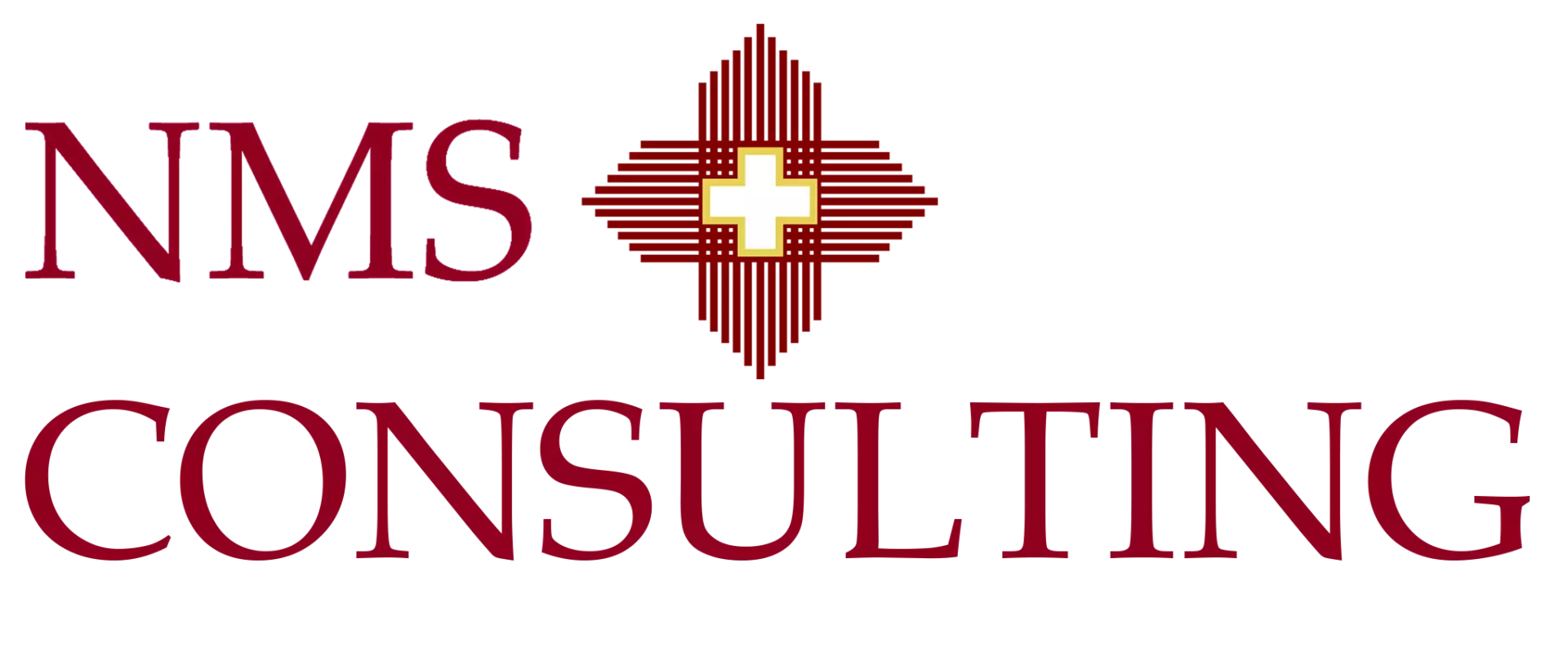10 Examples of Common Business Changes

Published: • Updated:
The most common business changes include operating model updates, system upgrades, pricing moves, new go to market, mergers and acquisitions, compliance steps, supply chain redesigns, product refreshes, brand updates, and leadership shifts. The why and how: link work to value, assign owners, run short pilots, and track weekly.
Below are ten examples with plain definitions plus a short why or how. Internal links point to NMS pages that expand each topic.
Ten Common Business Changes
1) Digital And Data Upgrades
What: Replace legacy tools with modern platforms, analytics, and automation through digital and technology. Why/How: Targets include cycle time, error rate, and customer effort. Start with two paths, build a small data pipeline, and publish a weekly scorecard. IDC forecasts nearly $4 trillion in digital spending by 2027.
2) Operating Model And Roles
What: Redefine teams, decision rights, and cadence as part of business transformation. Why/How: Focus on who decides, which metrics guide trade offs, and how work flows. Use a one page RACI per stream and hold short reviews to keep momentum.
3) Mergers And Acquisitions Integration
What: Combine operations after a deal with mergers and acquisitions support and post merger integration playbooks. Why/How: Size synergies by function, set day one rules, and track a few lead metrics weekly. Keep a tight issue list for customers, systems, and people.
4) Pricing And Offer Changes
What: Reset list price, discounts, or packaging. Why/How: Protect margin while keeping loyalty. Use A/B tests on one segment, tighten approval rules, and align billing and finance. Pair with strategy to keep the story clear.
5) Go To Market And Sales Motions
What: New segments, routes to market, or partner models. Why/How: Define target buyer, stages, and content that removes friction. Publish a short playbook and review weekly with sales, marketing, product, and service.
6) Customer Experience Fixes
What: Improve key paths in digital and service using customer experience methods. Why/How: A single poor interaction can push customers to leave. PwC reports 32% will switch after one bad experience. Pick two fixes and coach managers weekly.
7) Compliance And Risk Controls
What: Meet new rules and tighten controls. Why/How: Map obligations, owners, and evidence. Update policies, training, and audit trails. Keep changes small and steady to lower disruption.
8) Supply Chain And Vendor Changes
What: Rework sourcing, logistics, or inventory. Why/How: Build dual sources for critical items and shorten cycle time where possible. Track lead time, service level, and working capital weekly. McKinsey shows broader involvement raises results in large programs. See their note on employee involvement and returns here.
9) Brand And Communications Refresh
What: Update visual system and voice to match current goals. Why/How: Align web, product, service, and sales content. Run a small pilot, collect feedback, then roll out by channel to keep risk low.
10) Leadership Transitions
What: New leaders, spans, and support model. Why/How: Publish a short intent note, confirm top priorities, and run monthly check ins on a few metrics. Pair with change management so teams know what changes and when.
Key Numbers And References
| Finding | Figure | Source |
|---|---|---|
| Share of transformations that succeed | About 30% | McKinsey 2021 |
| Change volume facing employees | Average of 10 planned changes in 2022 | Harvard Business Review citing Gartner |
| Investment wasted by poor project performance | About 11.4% | PMI Pulse 2020 |
| Impact of excellent change management | About 7x higher odds to meet objectives | Prosci 2023 |
| Digital transformation spending outlook | Near $3.9 trillion by 2027 | IDC via Business Wire 2023 |
Quick Start Checklist
- Write one value statement per change with a baseline and target.
- List affected groups and set adoption targets by group.
- Publish a 12 week plan across communications, training, and coaching.
- Track usage and outcomes weekly, fix blockers in one owner meeting.
- Capture lessons and fold them into the next change.
We can score your plan, pick two pilots, and set a simple weekly rhythm with finance and delivery. See our pages on business transformation, change management, and digital and technology.
Related Reading
- What Is Change Management Consulting?
- Effective Change Management And Its Role In Project Success
- Business Transformation
- Digital And Technology
- Post Merger Integration
Sources
- McKinsey. Successful Transformations Still Leave Value On The Table. https://www.mckinsey.com/capabilities/people-and-organizational-performance/our-insights/successful-transformations
- McKinsey PDF. Losing From Day One: Why Even Successful Transformations Fall Short. https://www.mckinsey.com/~/media/mckinsey/business%20functions/people%20and%20organizational%20performance/our%20insights/successful%20transformations/december%202021%20losing%20from%20day%20one/losing-from-day-one-why-even-successful-transformations-fall-short-vf.pdf
- Harvard Business Review. Employees Are Losing Patience With Change Initiatives. https://hbr.org/2023/05/employees-are-losing-patience-with-change-initiatives
- PMI. Pulse Of The Profession 2020. https://www.pmi.org/learning/thought-leadership/pulse/pulse-of-the-profession-2020
- Prosci. The Correlation Between Change Management And Project Success. https://www.prosci.com/blog/the-correlation-between-change-management-and-project-success
- IDC via Business Wire. Worldwide Digital Transformation Spending Forecast To Reach Nearly $3.9 Trillion In 2027. https://www.businesswire.com/news/home/20231101754700/en/Worldwide-Digital-Transformation-Spending-Forecast-to-Continue-Its-Double-Digit-Growth-Trajectory-According-to-IDC-Spending-Guide
- McKinsey. Going All In: Why Employee Will Can Make Or Break Transformations. https://www.mckinsey.com/capabilities/transformation/our-insights/going-all-in-why-employee-will-can-make-or-break-transformations
About the Author
Aykut Cakir, Senior Partner and Chief Executive Officer, has a demonstrated history in negotiations, business planning, business development. He has served as a Finance Director for gases & energy, pharmaceuticals, retail, FMCG, and automotive industries. He has collaborated closely with client leadership to co-create a customized operating model tailored to the unique needs of each project segment in the region. Aykut conducted workshops focused on developing effective communication strategies to ensure team alignment with new operating models and organizational changes.




